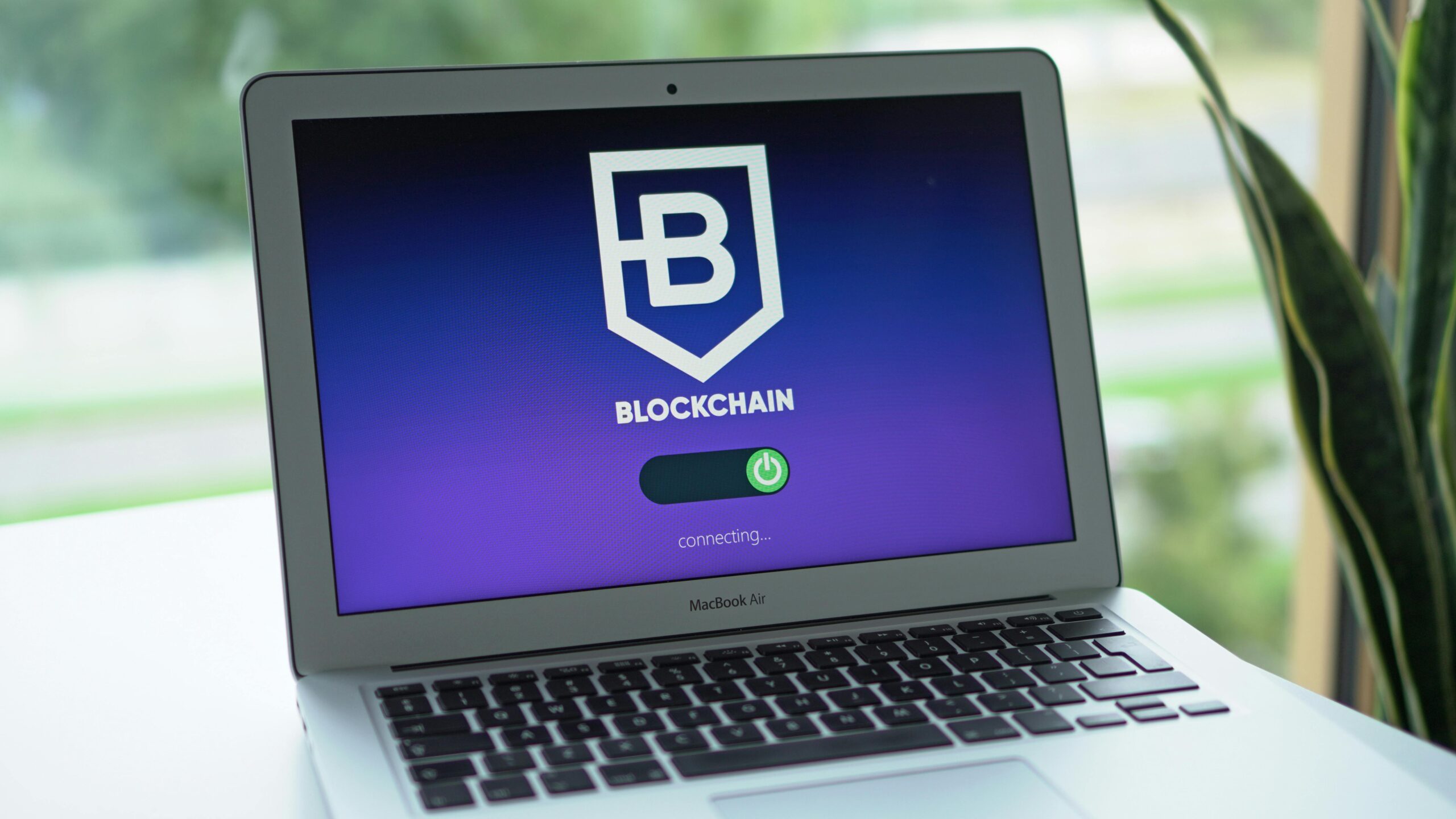
The digital age has revolutionized how content is created, distributed, and consumed. However, with these advancements come significant challenges, particularly in protecting the rights of content creators. Digital Rights Management (DRM) has traditionally been the method of choice for protecting intellectual property, but it has often been criticized for being cumbersome and easy to bypass. Enter blockchain technology, a groundbreaking innovation that promises to transform DRM by offering a secure and transparent method of managing digital content rights.
Understanding Digital Rights Management (DRM)
DRM encompasses a range of technologies used to control the use, modification, and distribution of copyrighted works. These include music, movies, ebooks, software, and more. The primary goal of DRM is to prevent unauthorized access and piracy, ensuring that creators and rights holders receive fair compensation for their work. Traditional DRM systems, however, have faced several challenges:
- Complexity and User Frustration: DRM systems often impose restrictions that frustrate legitimate users, such as limitations on the number of devices or geographical restrictions.
- Security Vulnerabilities: Many DRM solutions have been cracked or bypassed, rendering them ineffective.
- Lack of Transparency: Users are frequently unaware of what DRM restrictions apply to their purchased content, leading to confusion and dissatisfaction.
The Promise of Blockchain Technology
Blockchain, the technology underpinning cryptocurrencies like Bitcoin, offers a decentralized, immutable ledger that records transactions in a secure and transparent manner. Its application extends far beyond finance, showing great potential in revolutionizing DRM through:
- Enhanced Security: Blockchain’s decentralized nature makes it highly resistant to hacking and tampering. Each transaction is recorded in a block and linked to previous transactions, creating a chain that is nearly impossible to alter.
- Transparency and Trust: All transactions on a blockchain are visible to participants, ensuring transparency. This is particularly valuable in DRM, where users can verify the ownership and rights associated with digital content.
- Smart Contracts: These self-executing contracts with terms directly written into code can automate DRM processes. For example, a smart contract can automatically enforce licensing terms, such as restricting the number of devices on which a piece of content can be used.
Blockchain Applications in DRM
Several innovative applications of blockchain technology in DRM are emerging, each aiming to address the shortcomings of traditional systems:
- Content Distribution: Blockchain can streamline the distribution of digital content by recording transactions in a transparent manner. Creators can upload their work to a blockchain-based platform, ensuring that all sales and transfers are securely logged and easily traceable.
- Royalty Management: With blockchain, the distribution of royalties becomes more efficient and transparent. Smart contracts can ensure that royalties are automatically and accurately distributed to all parties involved whenever a piece of content is sold or licensed.
- Ownership Verification: Blockchain can provide a clear, immutable record of ownership for digital content. This can be particularly useful in cases of copyright disputes, where proving ownership and the right to distribute content is crucial.
Case Studies and Examples
Several projects and companies are already leveraging blockchain technology to improve DRM:
- Po.et: Po.et is a blockchain-based platform designed for managing digital content rights and licensing. It offers a decentralized ledger for registering creative works, ensuring that authorship and ownership are securely recorded.
- Mycelia: Founded by musician Imogen Heap, Mycelia uses blockchain to manage music rights and royalties. The platform aims to create a fairer and more transparent music industry by using smart contracts to automate royalty payments.
- KodakONE: KodakONE is a blockchain-based image rights management platform. It allows photographers to register their work, track usage, and manage licensing in a secure and transparent manner.
Challenges and Considerations
While blockchain holds great promise for DRM, several challenges remain:
- Scalability: Blockchain networks can struggle with scalability, especially as the number of transactions increases. This could pose issues for high-volume content distribution.
- Adoption: For blockchain-based DRM solutions to be effective, widespread adoption by creators, distributors, and consumers is necessary. This requires significant education and changes in current practices.
- Regulatory Environment: The legal and regulatory framework surrounding blockchain and digital rights management is still evolving. Clear guidelines and standards are needed to ensure compliance and protect all stakeholders.
Conclusion
Blockchain technology offers a transformative approach to digital rights management, addressing many of the limitations of traditional DRM systems. By providing enhanced security, transparency, and automation through smart contracts, blockchain has the potential to revolutionize how digital content is managed and protected. As the technology matures and adoption increases, we can expect to see a more secure and transparent ecosystem for digital content creators and consumers alike.
